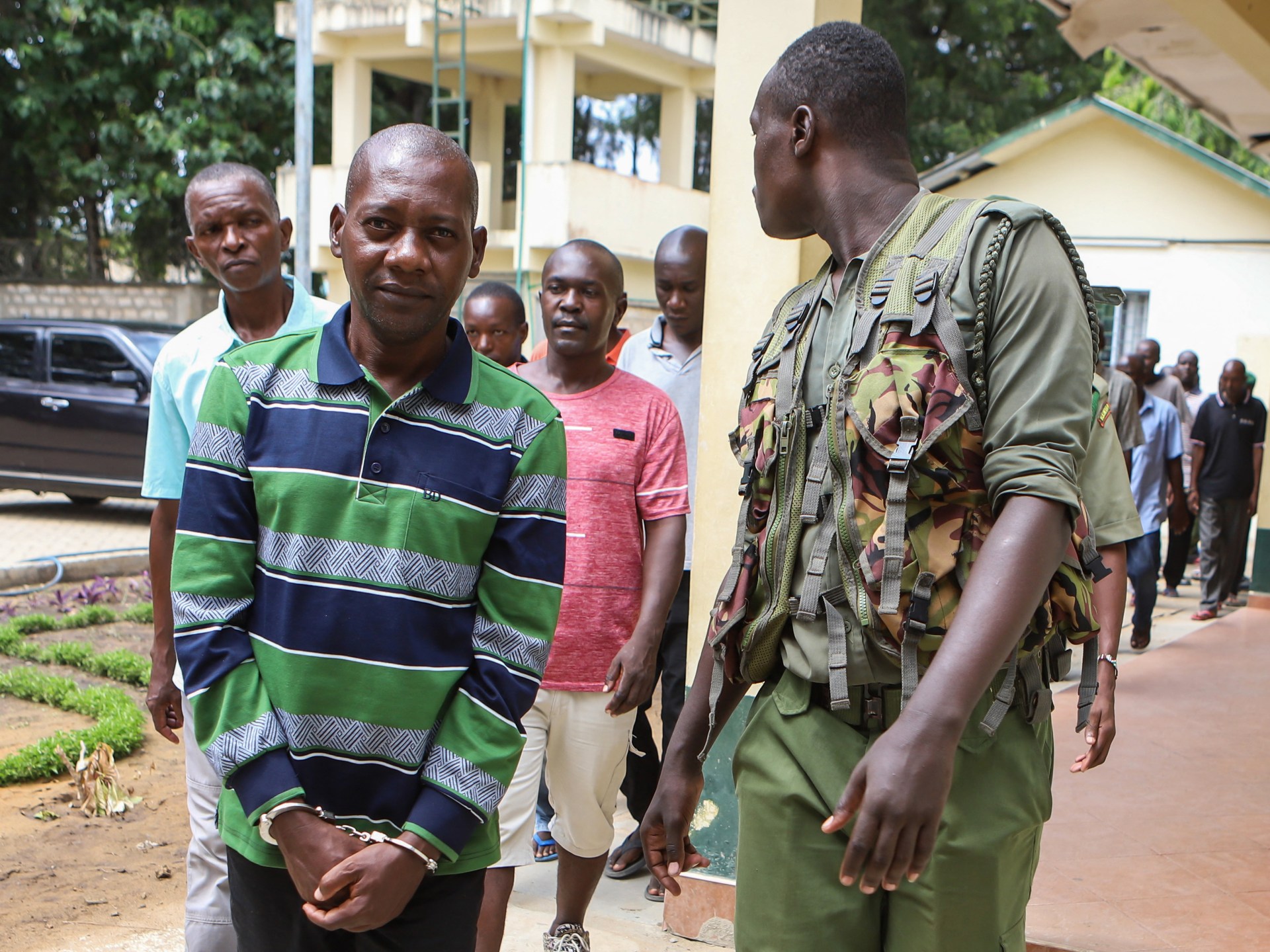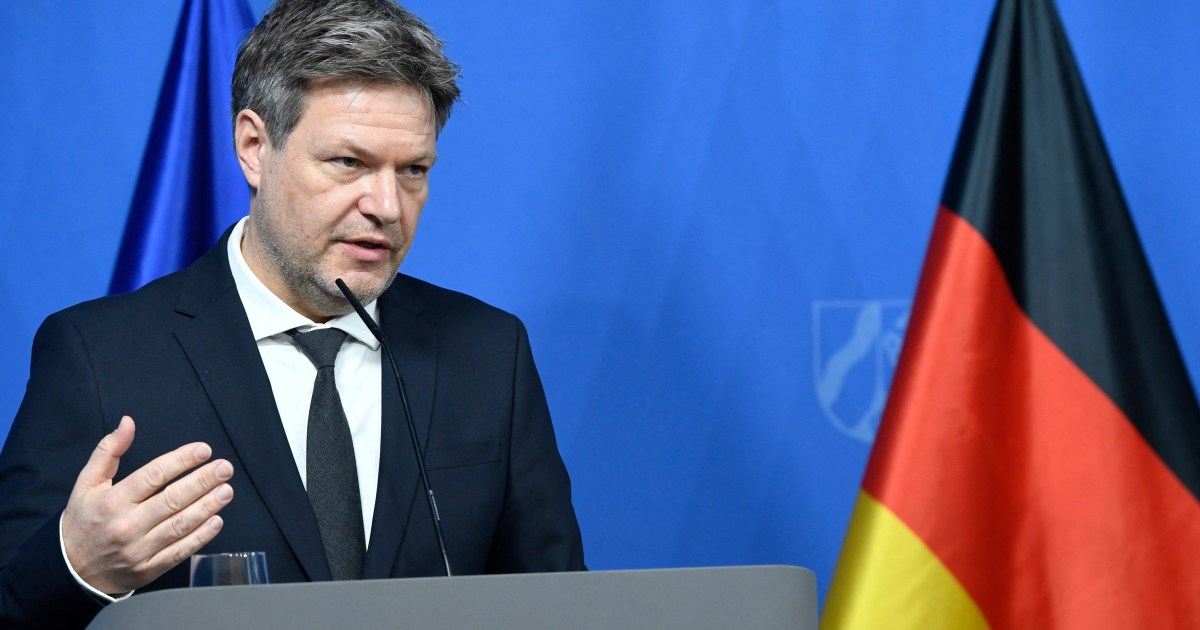Ethiopia completes third filling of Blue Nile mega-dam reservoir
Prime Minister Abiy said at filling of dam that the Nile is ‘a gift of God given to us for Ethiopians to make use’.
Ethiopia has completed the third filling of its mega-dam reservoir on the Blue Nile, Prime Minister Abiy Ahmed has announced, a development that could raise further tensions with downstream neighbours Egypt and Sudan.
The announcement on Friday comes a day after Ethiopia said it had launched power production from the second turbine at the Grand Ethiopian Renaissance Dam (GERD).
“Today as you see behind me, the third filling is complete,” Abiy said in images shown on state television from the dam site.
“Compared to last year, we have reached 600 metres (1,968 feet) which is 25 metres (82 feet) higher than the previous filling,” he said.
“The Nile is a gift of God given to us for Ethiopians to make use of it,” he added.
PM @AbiyAhmedAli announced the successful completion of the GERD’s 3rd filling. PM Abiy stated that Abbay is our gift, & it is Ethiopia’s responsibility to use it, while also emphasizing that the three basin countries share in this gift. (1/2) pic.twitter.com/TnytkYQlv6
— Office of the Prime Minister – Ethiopia (@PMEthiopia) August 12, 2022
The enormous $4.2bn dam has been at the centre of a regional dispute ever since Ethiopia broke ground on the mega project in 2011.
Egypt and Sudan view the dam as a threat because of their dependence on Nile river waters, while Ethiopia deems the dam essential for domestic electrification and development.
Egypt, which depends on the Nile for about 97 percent of its irrigation and drinking water, last month protested Ethiopia’s planned third filling of the dam to the UN Security Council.
Addis Ababa contends the dam is essential saying it will enable the distribution of electricity to its population of more than 110 million. The Renaissance Dam is also the centrepiece of Ethiopia’s bid to become Africa’s biggest power exporter, with a projected capacity of 6,500 megawatts.
Ethiopia first began generating electricity from the GERD in February. Currently, the two turbines, out of a total of 13, have a capacity to generate 750 megawatts of electricity.
Nile water
The Nile – which at some 6,000km (3,700 miles) is one of the longest rivers in the world – is an essential source of water and electricity for dozens of countries in East Africa.
The Nile Basin river system flows through 11 countries. The Blue Nile and White Nile merge in Sudan before flowing into Egypt and onto the Mediterranean Sea.
Egyptian President Abdel Fattah el-Sisi warned Ethiopia earlier last year that his government would not tolerate any moves that would reduce Egypt’s share of water from the Nile.
Sudan hoped the project would regulate annual flooding but fears its dams would be harmed without agreement on the Ethiopian dam operation.
The 145-metre (475-foot) high GERD straddles the Blue Nile in the Benishangul-Gumuz region of western Ethiopia, near the border with Sudan.



